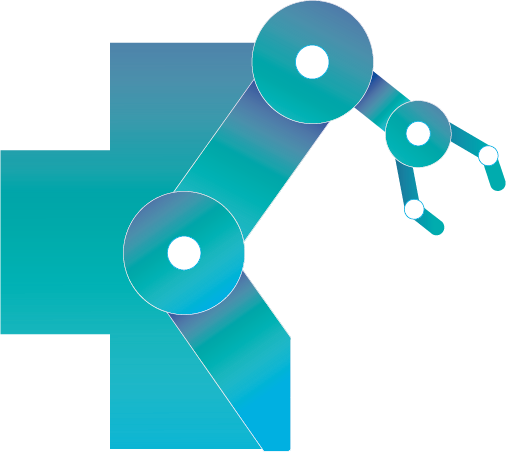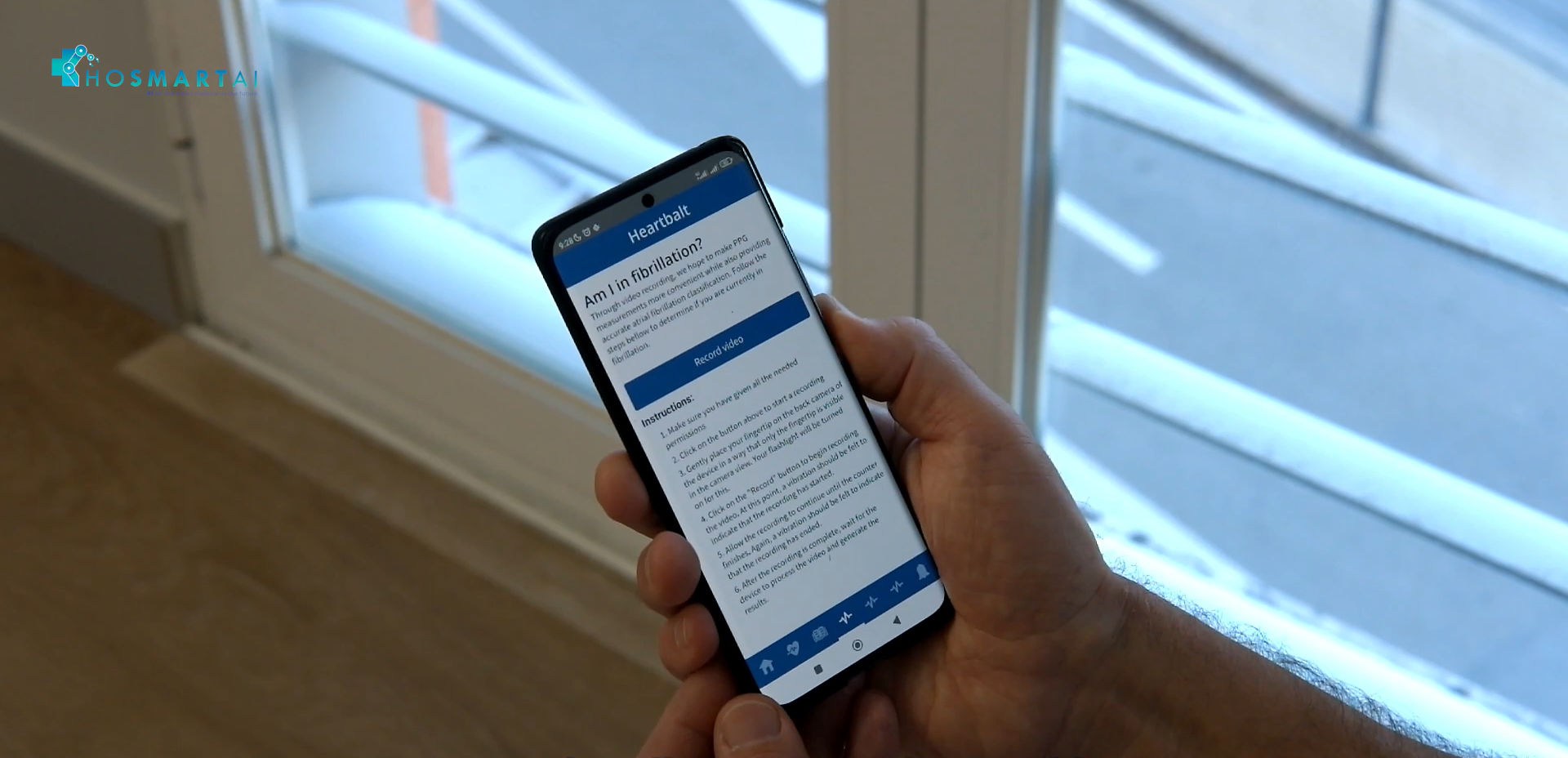Video: Meet Heart bAIt pilot
Heart bAIt project was one of the four winners selected for HosmartAI, via Open Call #2: They proposed a Remote and unobstructed assessment of vital signs for arrhythmia screening with edge computing.
After successfully passing the two first phases of the programme – Design phase, followed by the Develop & Deploy & Operate phase – they are now on the final stage – Assess. And they have been reaching great achievements!
THE PROBLEM
Cardiovascular diseases (CVD) remain the most common cause of death globally, leading to more than 60 million potential years of life being lost to CVD in Europe annually. Some of these CVD have underlying abnormal heart rhythm (arrhythmia). These are often asymptomatic hence most of them lie undetected until complications arise. Atrial fibrillation is the most common and persistent type of arrhythmia and leads to a risk of stroke 5 times higher than for those whose heart rhythm is normal. The screening for atrial fibrillation (and other arrhythmias) is challenging due to its intermittent nature.
By delivering a remote and unobstructed solution for a wide screening of atrial fibrillation, the Heart bAIt project will provide a first line of identification of affected patients, therefore targeting a clinical unmet need and contributing to a stronger, more sustainable, efficient, and resilient healthcare system.
THE SOLUTION
Heart bAIt will use personally owned smartphones/tablets to perform photoplethysmography (PPG), a non-invasive optical technology used to measure vital signs/blood volume changes in the vasculature of tissue, through a camera and a LED flash. PPG signal will be recorded from a fingertip placed over the camera’s lens. The solution will calculate the heart rate variation and generate a result (patient in AFib or not in AFib). This result, combined with other patient physiological information, will allow the clinical teams to make the best decisions. The results will rely on an AI layer comprising a variety of models utilizing iterative adjustment to minimize prediction errors.
Pilot video
Check out the video developed by this team, with more details about their innovation, feedback from its users and the expected results and benefits.







